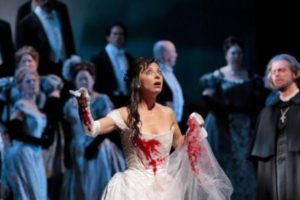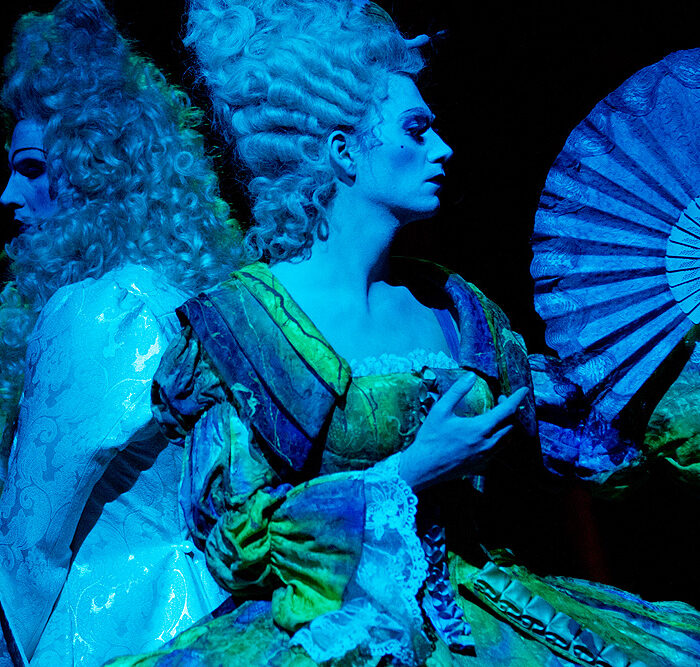
Opera Profile: Donizetti’s ‘Lucia di Lammermoor’
By Logan MartellGaetano Donizetti’s “Lucia di Lammermoor” is one of the most famous operas in the bel canto repertoire, a style which emphasized the technique and beauty with which an actor sang. Drawing on a wild, Scottish setting and a story full of romance and insanity, “Lucia di Lammermoor” captivated the hearts of Romantic-era audiences. The opera had its world premiere on Sept. 26, 1835.
Short summary:
In the garden of the Lammermoor family household, Lucia bemoans the death of her mother and her forbidden love for Edgardo Ravenswood, whose family are bitter enemies with the Lammermoors. Furthermore, Lucia has been haunted by the vision of a ghostly woman who was killed ages ago by a member of the Ravenswoods; Lucia’s servant sees this as an omen of what will pass if Lucia does not abandon her love for Edgardo, who shortly arrives at the garden after sneaking into the household. He tells Lucia that he must leave for France for urgent business, but upon his return, he will try to make peace with Enrico, Lucia’s brother, so that he may finally wed her. Although Lucia knows this is hopeless, she and Edgardo say their goodbyes.
Enrico, in order to ensure the survival of his house, seeks to marry Lucia off to Arturo, whose wealth is crucial to Enrico’s plan. While Lucia is at first horrified of the idea, Enrico shows her a forged letter alleging that Edgardo has forsaken Lucia for another lover. With this deception, a crushed Lucia resigns herself to a marriage with Arturo, signing the wedding certificate mere moments before Edgardo’s dramatic return. He scorns Lucia and disposes of their rings before he is forced out by Enrico and the house’s guards.
Later on in the wedding ceremony, after Lucia’s tutor investigates the sound of a scream, he discovers that Lucia’s sanity has broken and she has stabbed Arturo to death, asking where her Edgardo is. She then wanders out deliriously in front of the horrified guests as they watch her sing of her imagined life with Edgardo shortly before dying. When Edgardo, who wants to die in combat against Enrico, soon hears of Lucia’s fate; he kills himself with his own dagger to join his beloved in death.
Famous Musical Numbers:
While the opera is widely regarded for its excellent musical score, it is Lucia’s mad scene in Act three that stands out before all else, providing a spotlight for coloratura sopranos to display their skill. As Lucia’s hallucinations intensify, her singing soon becomes a frenzied exchange between her and a single flute that only she can hear. Due to the dramatic and vocal ability required for the mad scene, it is no wonder why sopranos in the role are often showered with praise and roses before the opera has even finished.’
Watch and Listen
While Joan Sutherland is regarded as one of the greatest Lucias of all time and her recording with Luciano Pavarotti is often cited as the best, this recording with Maria Callas and Giuseppe Di Stefano is a gem and one of the best in the market.
Categories
Opera Wiki

